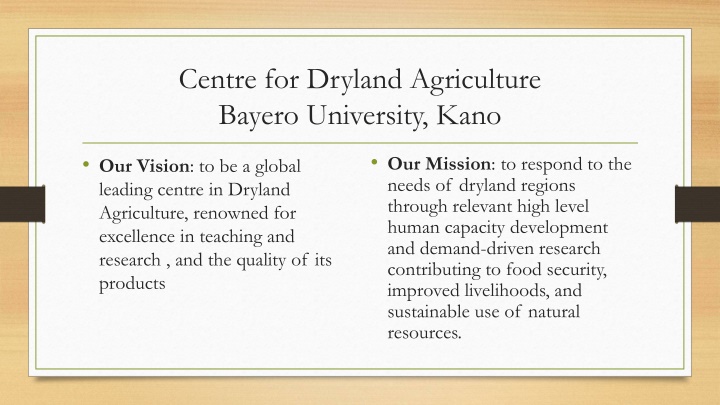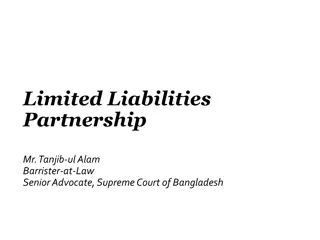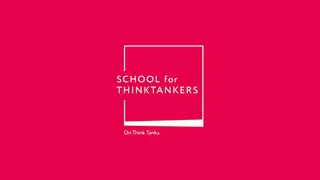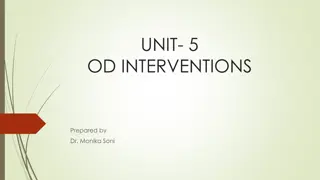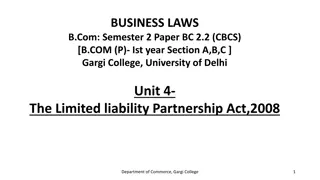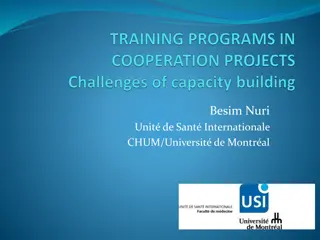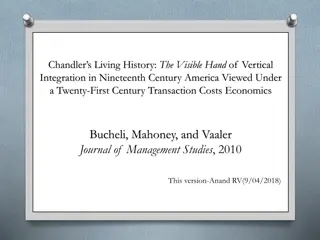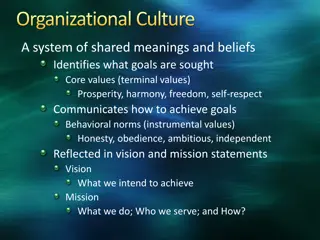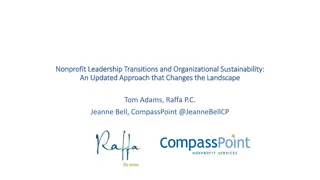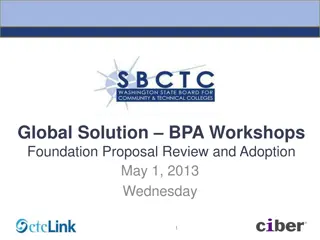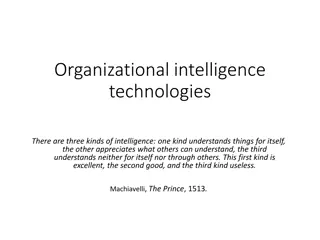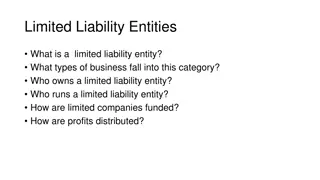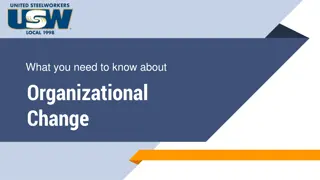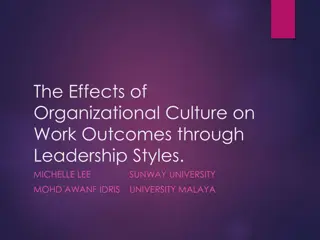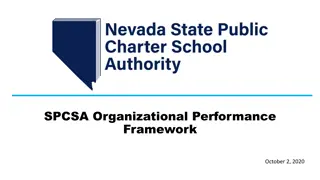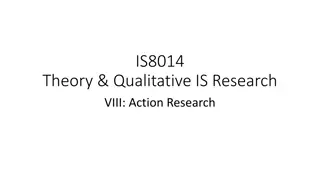Organizational Structure Training at SRMB Srijan Limited
This training covers various aspects of SRMB Srijan Limited, including its history, products, vision, mission, organizational design, departments, policies, accounting system, promotional strategies, and HR measures. The training also delves into career planning, training measures, material purchasing system, performance appraisal, and SWOT analysis
Download Presentation

Please find below an Image/Link to download the presentation.
The content on the website is provided AS IS for your information and personal use only. It may not be sold, licensed, or shared on other websites without obtaining consent from the author.If you encounter any issues during the download, it is possible that the publisher has removed the file from their server.
You are allowed to download the files provided on this website for personal or commercial use, subject to the condition that they are used lawfully. All files are the property of their respective owners.
The content on the website is provided AS IS for your information and personal use only. It may not be sold, licensed, or shared on other websites without obtaining consent from the author.
E N D
Presentation Transcript
Centre for Dryland Agriculture Bayero University, Kano Our Mission: to respond to the needs of dryland regions through relevant high level human capacity development and demand-driven research contributing to food security, improved livelihoods, and sustainable use of natural resources. Our Vision: to be a global leading centre in Dryland Agriculture, renowned for excellence in teaching and research , and the quality of its products
Why Drylands? 41% of global land Aridity gradient 17% 24% Semiarid Arid Dry subhumid Hyperarid Desert drylands Non-desert drylands 6% 29% 35% of global population Source: Safriel (2013) Strong partnerships required in addressing the multitude of issues affecting agriculture and livelihoods in Drylands
Our Partners Different Categories Universities/Academic Institutions Research Centres Public Sector Industry/Private Sector Local/National Regional International
Our Partnership Strategy Importance of developing strong partnerships recognized right from the inception of the Centre Two workshops (one local and one international) organized during the conception of the Centre, which assisted in charting direction and informing the development of curricula and thematic focus areas Sought relevant partners through direct engagement/contact or through facilitation by existing partners
Activities with Regional Academic Partners Involvement in teaching both regular programmes and short courses(INRAN, ICRISAT and IITA West Africa Hubs) Joint supervision of students (UniNairobi, UniMaradi, IER Mali, INRAN, Agrhymet, Abdulmumini Univ Niamey and CGIAR partners in West & Central Africa) Interviewing and screening francophone students for admission by CDA (UniMaradi) Academic Exchanges/staff trainings (short stays and PhD trainings) (IAR Tunisia, UniNairobi, UniMaradi) Joint proposals to donors (UniNairobi, Unimaradi) Joint research (mainly with national and CGIAR Centres so far)
Benefits of Regional Academic Partnerships Benefits to ACE Increased visibility in the region Sharing of human resources Sharing of facilities and information resources Capacity building of faculty in some key areas Benefits to Partners Capacity building of faculty and other staff Sharing of facilities Networking opportunity with CDA partners
Major challenges Lack of enough funds to adequately support partnership activities Language barrier (Anglophone/Francphone Partnerships)
